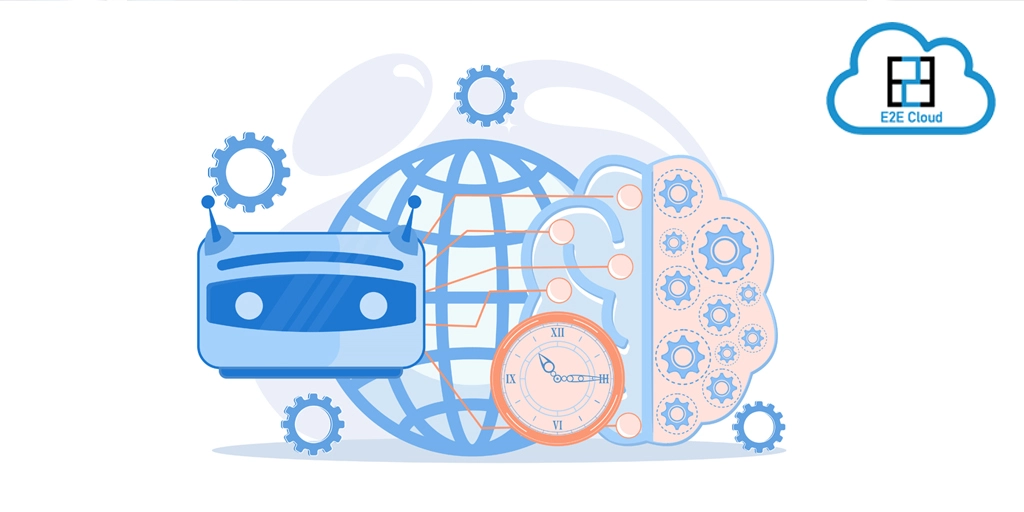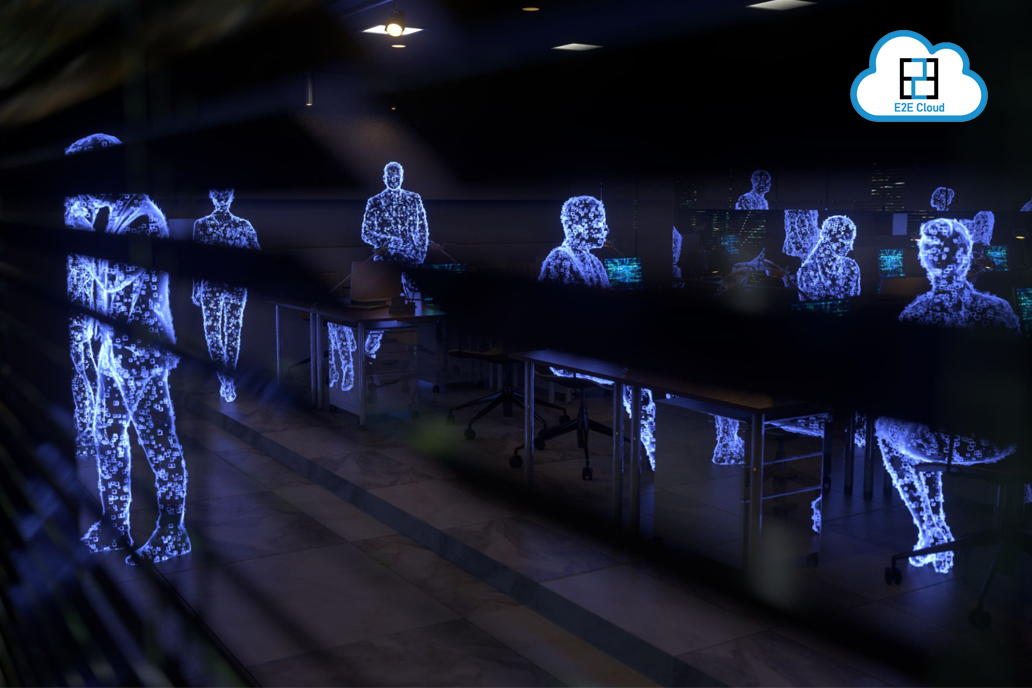Social media has undoubtedly been the key highlight of the last decade. From young teenagers to adults and beyond, it is influencing everyone. It is now an integral part of our daily lives. We just cannot live without checking frequent updates of our friends and people all around the world. Interestingly, research suggests that an average social media user spends around 43,800 hours of his life online. You would be amazed to know that the sum equals five years! We all know that this curve is only going upwards, and that’s more delightful news for businesses. E-commerce business owners and executives can multiply on this huge growth opportunity, which can boost revenue and strike up gains.
In addition to connecting people, social media is actually playing the role of the social insights delivery industry. And that further contributes heavily to the online shopping transformation. In 2021, every 9th customer checked social media before making a buying decision.
Let’s now move forward to discuss social commerce and how it can benefit businesses to a whole new level.
What Is Social Commerce?
In simple words, social commerce refers to selling through social media channels.
It is certainly dissimilar to conventional social media marketing. Here, we do not redirect users to an online store on clicking, but we allow them to check out at the very moment and on the same channel with a single click.
Social commerce is amazingly smooth. The all-new features of chatbot checkouts and the auto-filling of payment and delivery details save users’ time and effort.
We have all experienced the difficulties of complex and lengthy e-commerce purchases.
With social commerce, we are simplifying all of that to actually perform just one click to get to the checkout page.
At its core, it’s about making it easy for users to complete their purchases.
It’s about removing the potential for confusion and thus abandonment.
Why Social Commerce?
So you are still unsure about why you should opt for social commerce to sell online? Let’s help you decide. Here are the 6 benefits of social commerce you should have a look at:
- Social commerce helps you curate an instant focus group
- Millennials and Gen Z love to shop on social media
- Social commerce turns shopping into a social experience
- Social commerce eliminates all the hassle of e-commerce
- Several money-making opportunities
- Businesses can hyper-target their primary audience
Current Players in the Social Commerce Industry
Currently, just a few social platforms offer social commerce. However, with a growth in interest, purchase, and revenue, we will eventually see many more social media brands integrating shop now features.
Here are the current social commerce platforms available:
- Facebook Shops
Facebook Business Page is mostly used to share updates, news, connect with followers, and build your brand’s visibility. Did you know you can directly sell your products while you’re there? All you need to do is to set up a Facebook Store, and you can get started.
- Instagram Shops
60% of Instagram users discover new products on the platform. It’s your responsibility to optimize your brand’s presence to drive more sales.
What exactly does the Instagram shop feature do? It facilitates users to buy products through post-features, which can be from paid influencers or creators.
Pinterest does not exactly offer social commerce. But, for business accounts, the platform does provide the feature to create Product Pins, which are further displayed in the brand’s Pinterest Shop.
What’s to be noted here is that these products cannot be directly purchased within the app.
Many people wonder if social e-commerce will work for their businesses. In fact, it offers a myriad of business benefits for your brand, from increasing sales to driving traffic, increasing customer engagement, and website traffic.
How Can Social Commerce Benefit Your Business?
- Consistent Audience Growth
Thousands of new users turn to social media platforms every day. Billions of people are already active on these. According to research, Facebook caters to more than a billion active monthly users.
- Higher Search Engine Ranking
Numerous transactions are directly influenced by engagement on social media. Research actually suggests that social media commerce enhances traffic to your website. That eventually affects your ranking positively on search engine results.
- More Authentic Engagement and Traffic
This is by far the most amazing and impactful benefit of social commerce. When you show up consistently on followers’ feeds through engaging and informative content, you’re preparing a powerful recipe for branding.
- Customer Loyalty and Retention
The primary goal of the social presence of your brand is to establish great relationships with people. Selling more and generating high revenues is the by-product of creating a positive connection with your audience.
With all of these amazing benefits, social commerce is definitely the shopping experience of the coming times, and you must utilize it.
.png)


.png)






